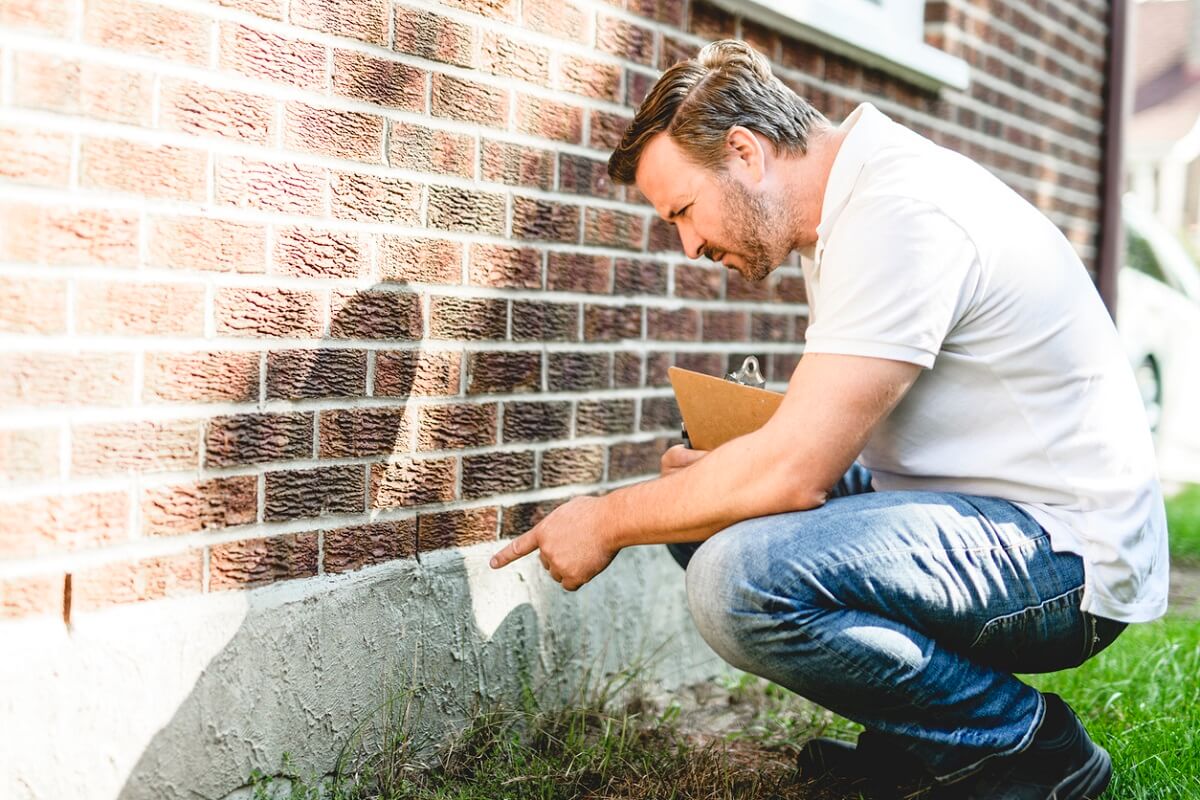How to Identify Types of Exterior Foundation Cracks

Foundation cracks are a common concern for homeowners, especially when they appear suddenly or worsen over time. Understanding the different types of foundation cracks and what they signify is essential to maintaining the integrity of your home. Whether you’re in Hamilton, Burlington or beyond, identifying cracks early can save you from costly repairs down the road. Here, we’ll explore common types of foundation cracks, their causes, and how to address them effectively.
Types of Cracks and Their Causes
1. Horizontal Cracks
Cause: Horizontal cracks often result from excessive pressure exerted on the foundation walls, typically due to soil expansion or hydrostatic pressure.
Implication: These cracks are often serious and may indicate structural instability.
2. Vertical Cracks
Cause: Vertical cracks are usually caused by natural settling of the house or minor shrinkage of the concrete during curing.
Implication: Most vertical cracks are minor and not a cause for immediate concern, but they should still be monitored.
3. Hairline Foundation Cracks
Cause: Hairline cracks often form due to shrinkage during the curing process.
Implication: These are typically superficial and rarely pose a structural threat.
4. Diagonal Cracks
Cause: Diagonal cracks may occur when one side of the foundation settles more than the other, often due to uneven soil conditions.
Implication: These cracks vary in severity and require evaluation to determine their impact.
5. Stepped Cracks
Cause: Found in brick or block foundations, stepped cracks often result from differential settlement.
Implication: While some may be minor, others could signify structural issues and need prompt attention.
Which Cracks Are Urgent and Which Are Minor?
- Urgent Cracks: Horizontal cracks, wide diagonal cracks, and cracks with signs of water leakage demand immediate attention.
- Minor Cracks: Hairline foundation cracks and small vertical cracks are usually less concerning but should still be monitored over time.
Methods for Assessing Crack Severity
- Measure the Width: Cracks wider than 1/4 inch are typically more concerning than narrower ones.
- Check for Water Intrusion: If water seeps through a crack, it may indicate a more serious problem.
- Look for Movement: Mark the ends of the crack and monitor for growth over time.
Tools for Crack Identification
- Measuring Tape or Ruler: To determine crack width.
- Flashlight: To inspect hard-to-see areas.
- Crack Monitors: Devices that track changes in crack width.
In Hamilton, foundation issues are common due to the region’s varied soil conditions. Regularly inspecting your foundation and identifying cracks early can help mitigate potential damage. If you are unsure, call a foundation expert. Many, such as Conterra Foundation and Repair, will offer free quotes to access your cracked foundation situation.
Call Conterra Foundation for Expert Assistance
If you’ve identified foundation cracks in your Hamilton or Burlington home, don’t wait for the problem to escalate. Conterra Foundation and Repair specializes in crack type repair solutions and can provide a thorough evaluation and repair plan. Contact us today to protect your home’s foundation and ensure peace of mind.